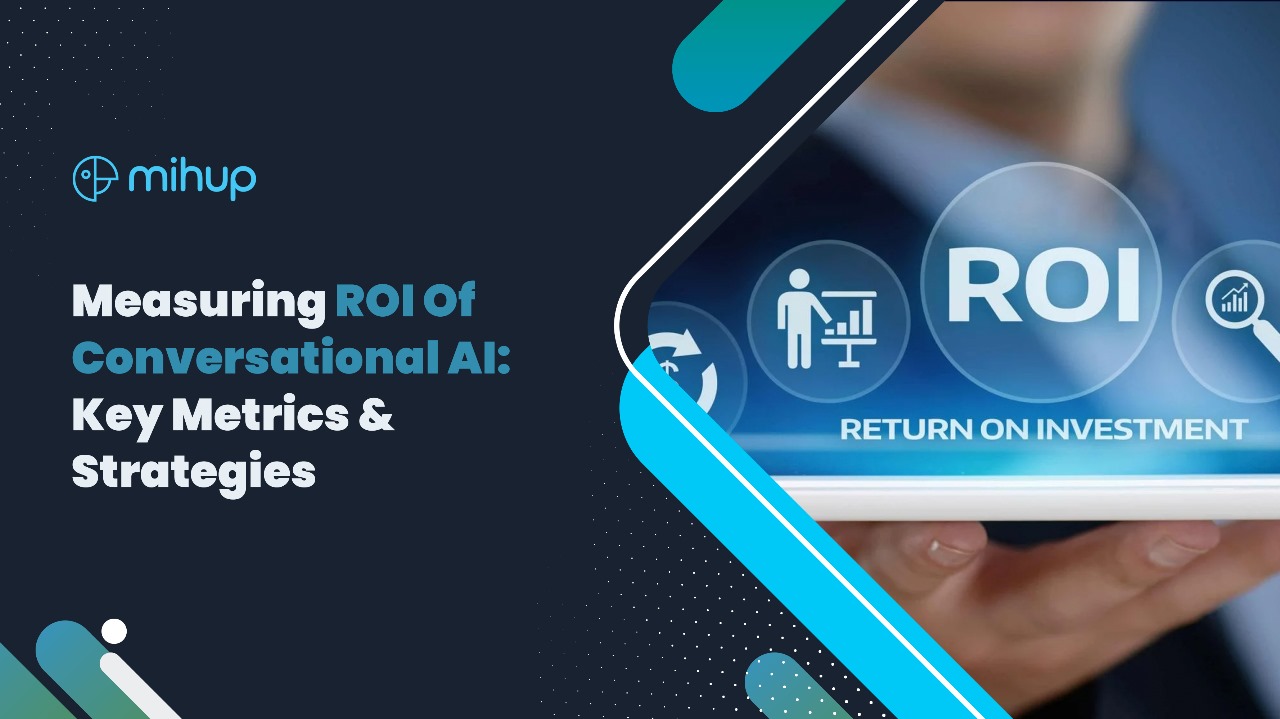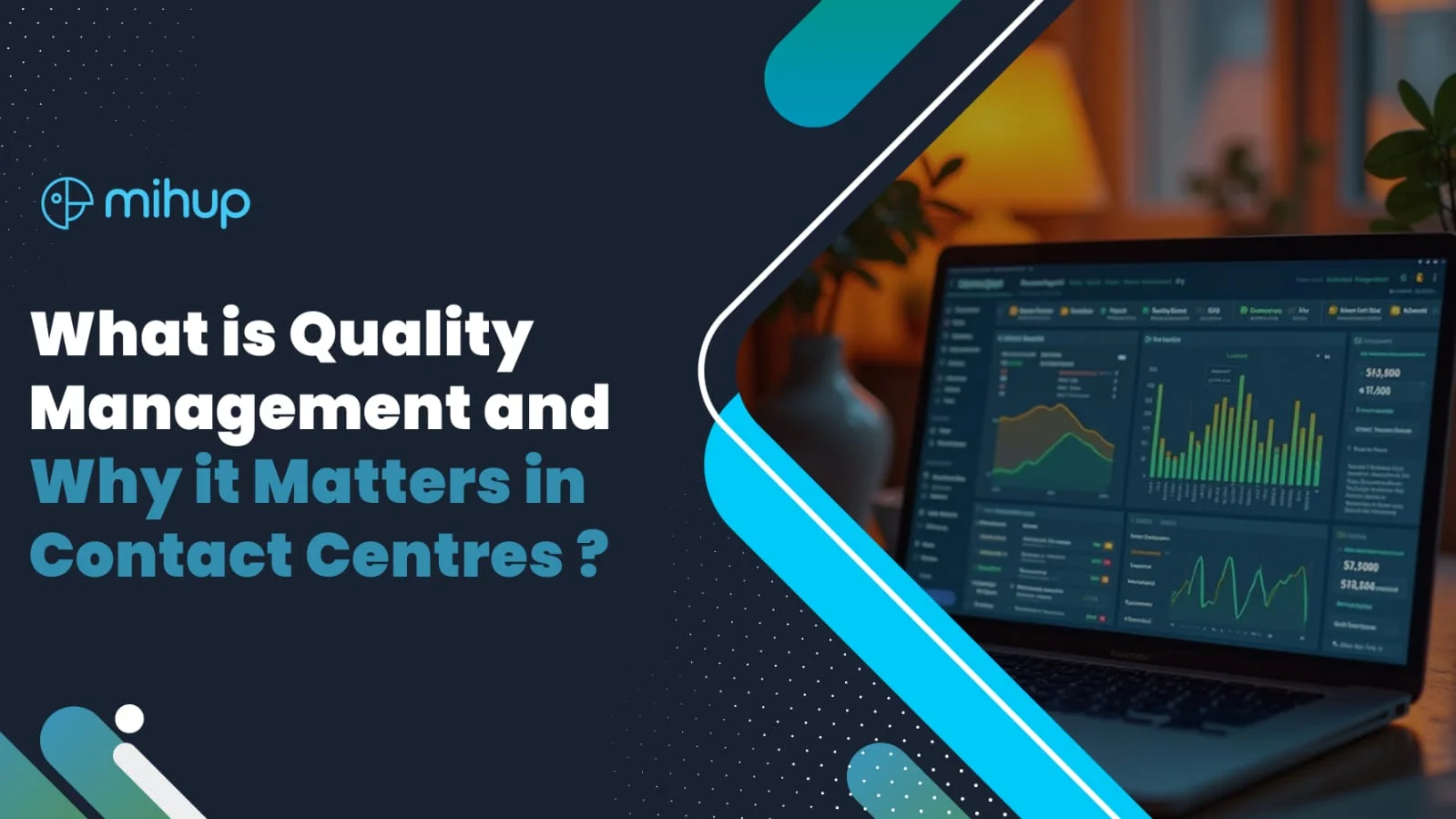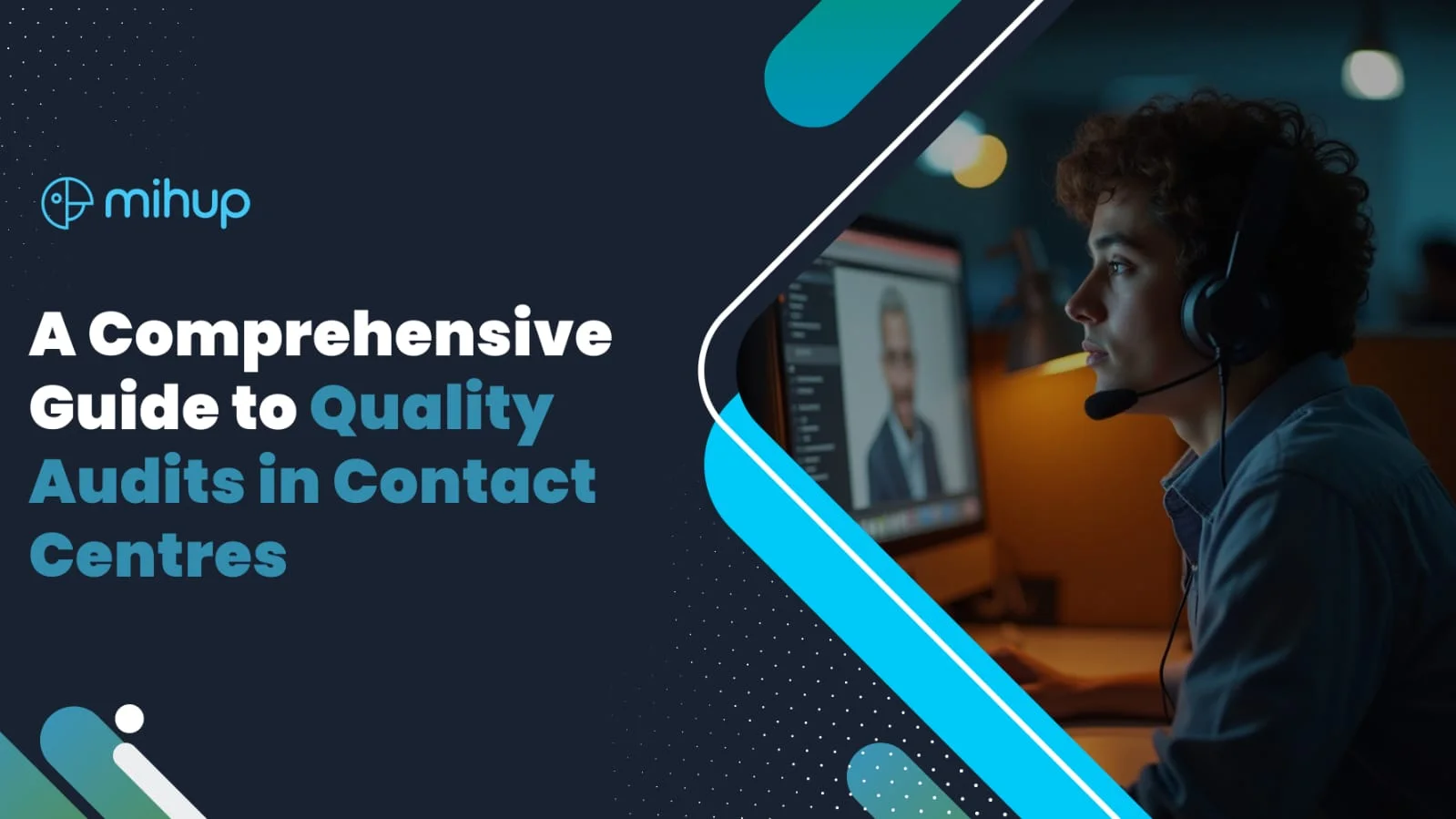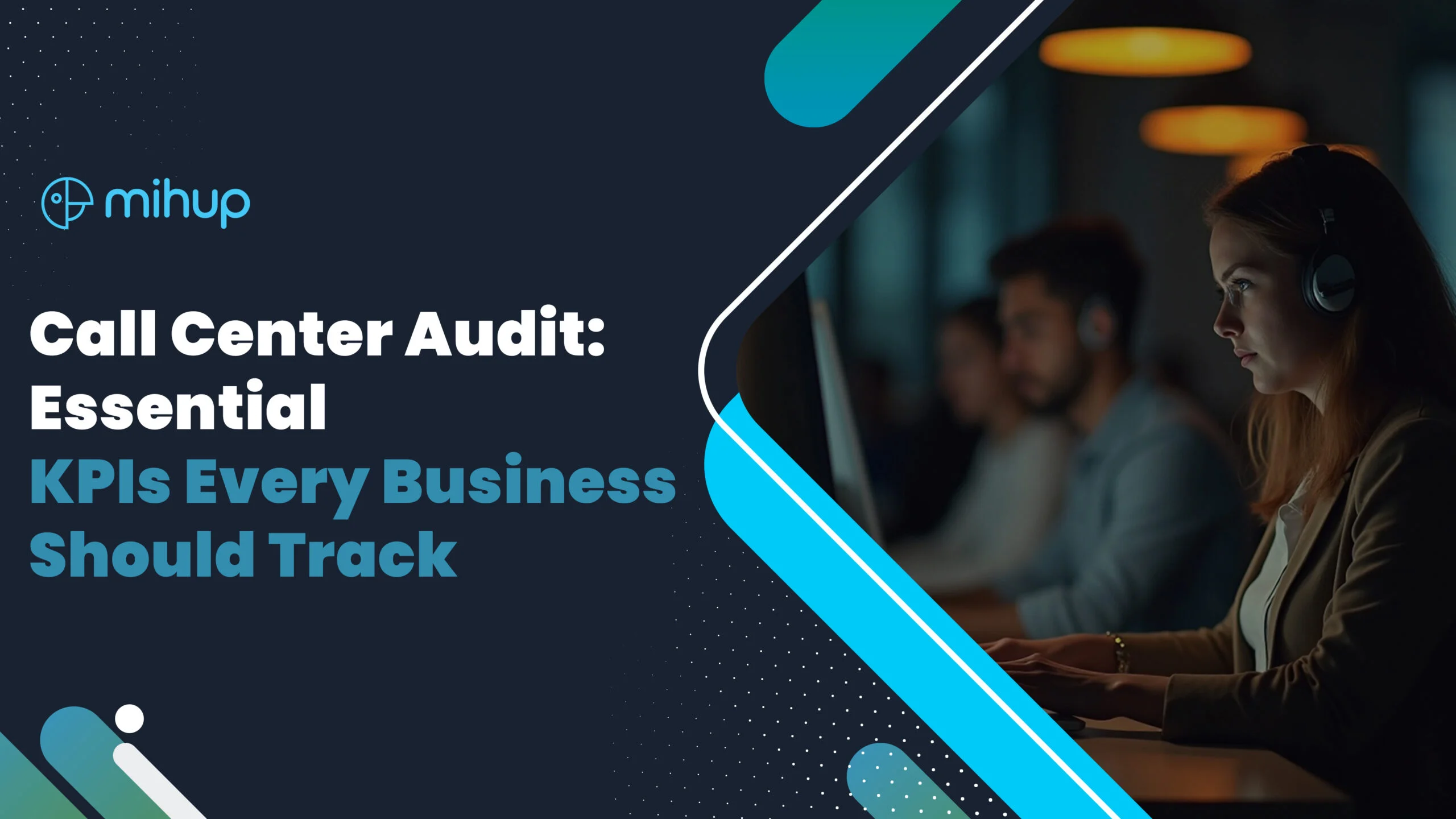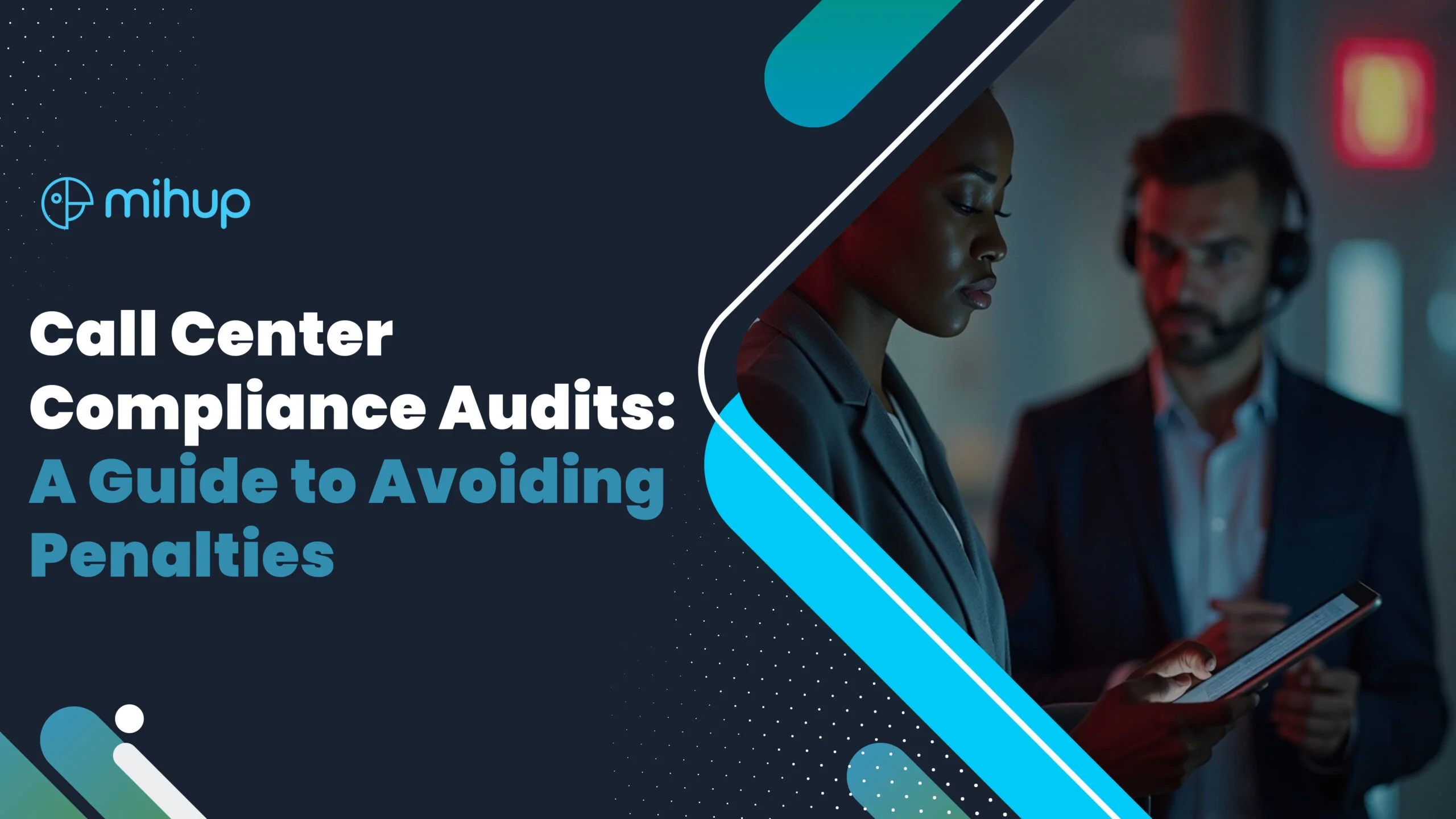Businesses across industries are increasingly using conversational AI to enhance customer experiences, improve operational efficiency, cost savings, and more. Advanced technologies with conversational AI like chatbots and virtual assistants are revolutionizing how businesses engage with customers. But the story isn’t merely about deploying conversational AI, it’s about ensuring it delivers measurable value to the organization.
Measuring the return on investment (ROI) of conversational AI is essential for determining its effectiveness and ensuring alignment with business objectives. Naturally, businesses must evaluate how these solutions contribute to tangible outcomes. In this article, we will discuss how to use clear metrics and strategies, to can validate investments in conversational AI and identify opportunities for further optimization.
Why Measure ROI Of Conversational AI?
Measuring ROI for conversational AI is essential to ensure that the solution is delivering value. Here’s why it matters:
- Validate the Investment: ROI measurement shows whether the money spent is paying off and its cost-effectiveness.
- Track Success: Metric observation helps determine what’s working and what adjustments you should make to achieve intended goals.
- Optimize Performance: Regularly assessing ROI helps businesses refine their AI systems to improve response rates, accuracy, or customer engagement.
- Align with Business Goals: ROI ensures conversational AI initiatives support broader objectives, like boosting sales, enhancing loyalty, or scaling operations.
- Support Future Decisions: Demonstrating ROI provides data-driven insights that justify expanding or updating AI solutions, ensuring smarter investments over time.
To learn more about conversational AI, read: How Conversational AI is Changing Businesses: The Role of Conversation Intelligence
Key Metrics To Measure ROI From Conversational AI
You should focus on a combination of different metrics measuring efficiency, customer experience, and finance, to effectively evaluate the ROI of conversational AI. Here are some relevant core metrics you should consider:
- Time Savings:
This entails measuring the reduction in time taken to resolve customer queries, complete tasks, and resolve issues. Ideally, Conversational AI should accelerate response and resolution times by automating repetitive processes and delivering instant assistance, freeing up human agents for complex issues.
Example: Average Reduction in Handling Time (ARHT). If a Conversational AI system reduces Average Handling Time (AHT) from 8 minutes to 3 minutes, this translates into a 62.5% improvement in efficiency. - Sales Growth:
This entails observing the change in revenue generated through AI-enabled upselling, cross-selling, and lead conversion. Personalized interactions and proactive recommendations with the help of conversational AI should drive higher sales conversions. One way is measuring the percentage increase in revenue directly attributed to AI-driven engagements.
Example: A retail company using conversational AI for personalized recommendations sees a 20% increase in upselling and cross-selling revenue over six months. - Customer Satisfaction Score (CSAT):
This metric gauges customer happiness with their interaction experience. Higher CSAT scores reflect the ability of conversational AI to meet customer expectations. - Net Promoter Score (NPS):
This metric measures how likely customers are to recommend your business after the customer service interaction, using conversational AI. It is also a strong indicator of the overall customer experience and brand loyalty. - First Contact Resolution (FCR):
This refers to the percentage of issues resolved during the first interaction while using conversational AI. High FCR rates indicate the AI’s ability to efficiently resolve queries without escalation. - Automation and Containment Rate:
This metric measures the percentage of interactions fully resolved by the AI without human intervention. It is relevant for businesses that use AI-powered chatbots and such tools. It demonstrates the efficiency and capability of the AI, reducing human agent workload.
Example: A chatbot implementation resolves 70% of queries autonomously, cutting human agent workload by 50%. - Cost per Interaction:
It entails measuring the average cost of handling a customer query. Comparing the CPI of AI-assisted vs. traditional human-based interactions can bring you great insights. Lower costs with AI solutions indicate improved operational efficiency and cost-effectiveness. - Lead Conversion Rate:
This percentage metric measures the portion of leads converted into paying customers through AI-driven interactions. It highlights the impact of AI on driving business revenue through intelligent engagement.
Example: Conversational AI driving intelligent engagement helps a company improve its lead conversion rate from 10% to 18%. - Sentiment Analysis Scores:
This refers to analyzing customer emotions and sentiments during interactions. Positive sentiment scores over time could be indicative of AI’s ability to deliver empathetic and satisfactory communication. - Operational Efficiency Metrics:
Includes metrics like employee time saved or task completion rates improved by AI. It highlights how conversational AI streamlines internal workflows, enabling better resource allocation.
Example: Automating scheduling processes saves agents 30 hours per week, reallocating time to high-priority tasks. - Customer Retention Rate:
Refers to the percentage of customers retained over time after implementing conversational AI. A strong retention rate reflects improved customer loyalty and satisfaction. - Average Handling Time (AHT):
This metric helps measure the average time taken to resolve a customer query. A reduction in AHT demonstrates improved efficiency through AI automation.
Example: Reducing AHT by 40% with AI frees agents to handle 50% more customer interactions daily.
Steps To Measure ROI From Conversational AI
You need to follow a structured approach when measuring the ROI of conversational AI and to correctly assess its impact. Here are the essential steps:
1. Define Goals and KPIs:
First, identify the specific objective you want to achieve with conversational AI, i.e., establish clear goals. Outline every metric/ KPI that aligns with your goals and be very specific about it. For example, you may want to improve customer satisfaction by 30% in six months.
2. Establish a Baseline:
Next, gather data on the key metrics before you deploy the conversational AI solution. Use his data to establish a current baseline which will serve as a reference to measure improvements post-implementation. Say, for example, your cost per interaction is $5 pre-AI, any reduction post-AI highlights the value delivered.
3. Track Key Metrics Regularly:
The next step is to continuously check on and measure the metrics you outlined as per your goals. Regular tracking will help you understand performance trends and identify areas needing optimization. Mihup.AI’s analytics solutions like Interaction Analytics and Manager Insights can automate metric tracking.
4. Calculate ROI:
Once you have all the metrics and data, you must actually calculate the ROI. There are multiple ways and formulas to go about it. Here is one such formula you could use:
ROI(%) = [(Net Gains from AI−Cost of Implementation)/ Cost of Implementation] * 100
5. Compare Against Business Goals:
Next, evaluate ROI outcomes against your initial objectives. This will help determine how well the conversational AI solution aligns with and supports broader business objectives.
6. Identify Opportunities for Optimization:
Analyze the metrics, mark those that are underperforming, and use this information to adjust the AI solution. Continuous regulations and improvement will ensure maximum ROI over time.
7. Leverage Feedback and Insights:
Use customer feedback and internal reviews to enhance the AI’s performance. Listening to stakeholders helps refine the system and align it better with user needs..
How Mihup.ai Helps Measure ROI From Conversational AI
Mihup offers a suite of AI-driven solutions designed to enhance customer interactions and operations.
Take Mihup’s Interaction Analytics for example. This tool analyzes customer interactions to extract valuable insights, aiding in performance assessment and strategic decision-making.
- Speech and Sentiment Analysis: Mihup helps transcribe and analyze conversations to gauge customer sentiment, and provides data for metrics like customer satisfaction score (CSAT) and net promoter score (NPS).
- Conversation Intelligence: It identifies trends and patterns in customer interactions, and offers insights that can lead to improved customer experience and increased sales.
By implementing Mihup’s AI solutions, you can track improvements in key performance metrics. Its comprehensive analytics and reporting capabilities enable businesses to calculate ROI by comparing pre- and post-implementation performance across these metrics.
Measuring the ROI of conversational AI is a critical step in ensuring that your investment delivers tangible business value. By focusing on key metrics such as operational efficiency, customer satisfaction, sales growth, and cost savings, you can gain a clear understanding of how conversational AI aligns with your goals and impacts the bottom line.
Mihup.AI stands out as a trusted partner in this journey, offering cutting-edge solutions like Agent Assist, Interaction Analytics, and Automated Virtual Agents. These tools not only enhance the customer experience and streamline operations but also provide actionable insights to measure and maximize ROI. What are you waiting for, start now.
